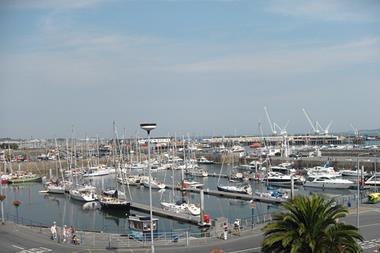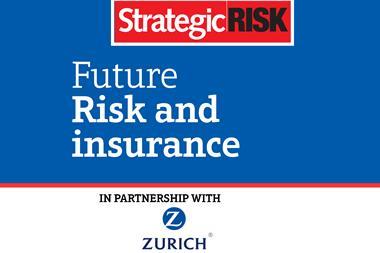Most captives are used to insure standard property and casualty risks, but if structured and financed properly, almost anything can be covered
There is growing interest in expanding the range of coverages placed in captives.
“When over two hundred years ago some sugar refiners found that they could not get fire insurance cover on reasonable terms, they formed the first recorded captive insurance company. Today, many businesses again have increasing difficulty getting insurance cover on reasonable terms. This problem is compounded by the incalculable potential for loss arising from environmental damage and the increasing expectation of people to be fully compensated for adversity.” So says GRM Consulting, discussing the potential value of forming a captive insurance company.
Despite the extended ‘soft’ insurance market, risk managers still see captives as a useful vehicle for insuring risks that may be less easily or cost-effectively placed elsewhere. The survey, conducted for StrategicRISK’s September report - Captives 2011 Going Places - showed that lack of commercial market coverage for specific perils/exposures was a factor in the decision to form a captive cited by 44% of the respondents. According to the Kane Group, captives allow risk-savvy parent companies to secure a depth of coverage often not available in the general insurance market, help reduce overall insurance spend and reward companies with superior loss records.
KPMG’s 2010 Captive Insurance Benchmark study, Negotiating the Captive Insurance Terrain, shows that internationally the most common coverages written in captives were property, employers’ liability/workers’ compensation, general and other liability and motor liability (see chart). Some respondents indicated that they also write crop, deductible buy-down, employee personal lines, first- and third-party asbestos and terrorism insurance in their captives.
Leading considerations on whether or not to place coverages in the captive included:
• Cost of transferring the risk to third-party insurers relative to retaining the risk
• Availability of coverage in the third-party market
• Access to the reinsurance marketplace.
According to the study, some companies annually re-evaluate affordability and availability of third-party insurance. Others simply retain as much risk as the company has an appetite for as part of an overall enterprise risk evaluation.
The risks that companies place with their captives are likely to expand. Richard Klumpp, president and chief executive at Wilmington Trust SP Services, now part of the US M&T Bank, says a captive provides ultimate flexibility in the types of risks it can insure.
Basically, the sky is the limit,” he says. “If structured and financed adequately, virtually anything that makes good business sense is likely be approved and insured by a captive’s domicile regulators.”
The fact remains that most captives are still used to insure standard property and casualty risks, although large captive owners have started to include certain employee benefit risks such as group life, long-term disability, and medical stop-loss. “Many believe that captives will soon be used to also insure pension and post-retirement benefits,” say Klumpp.
BWCI group chief executive Stephen Ainsworth and partner and head of insurance consultancy services Ian Morris agree with Klumpp’s view that employee benefits coverages are likely to become a more common inclusion in captives. “While the use of captives and protected cell captives for employee benefits business is comparatively new, there is considerable interest and activity in both Europe and the USA,” they say.
“The risks that can be insured by captives are limited only by the needs of the captive owner, who can choose from a variety of legal structures available within particular domiciles. For these reasons, it is imperative to thoroughly investigate structural and domicile options prior to captive formation,” Klumpp adds.




















No comments yet